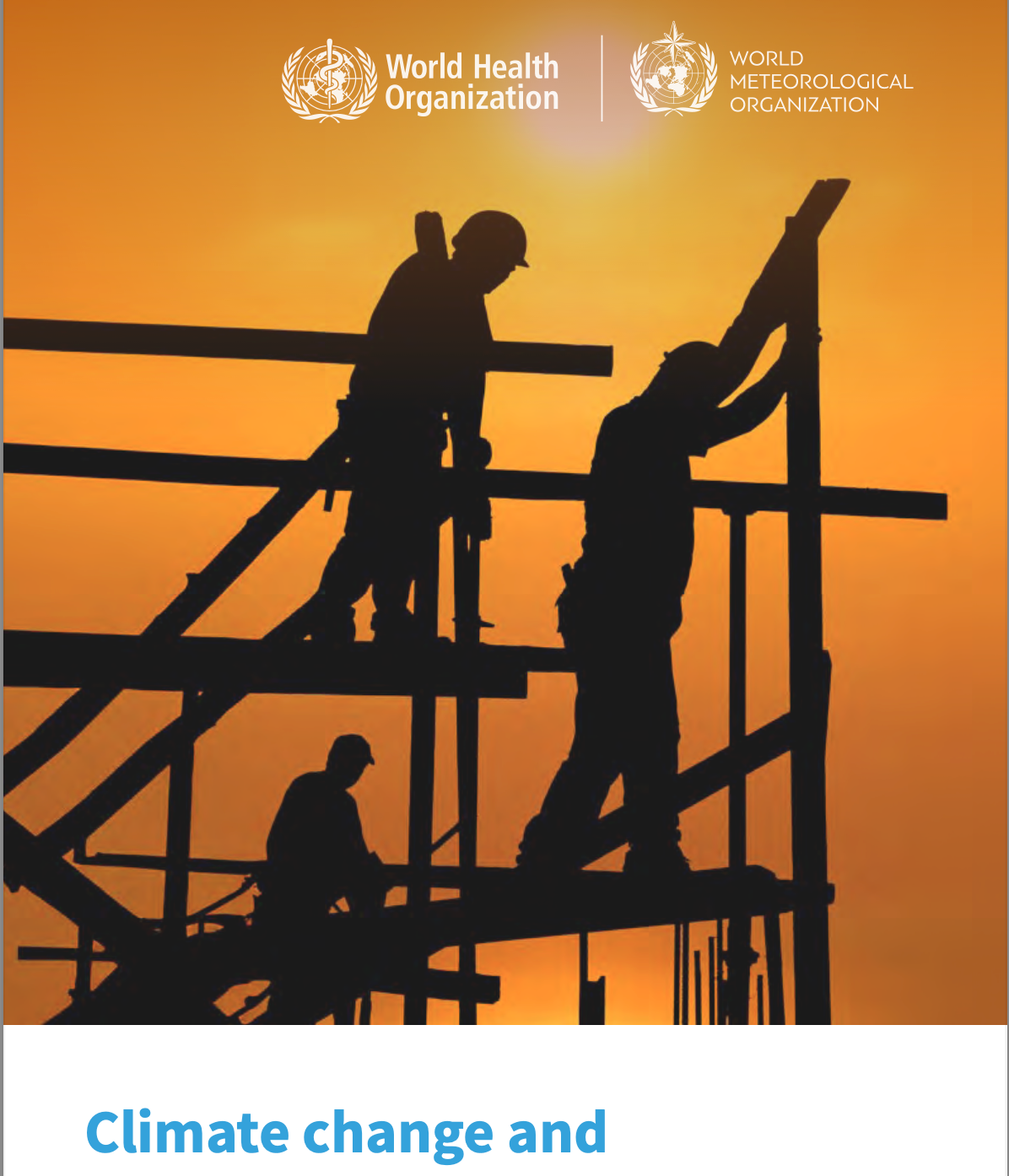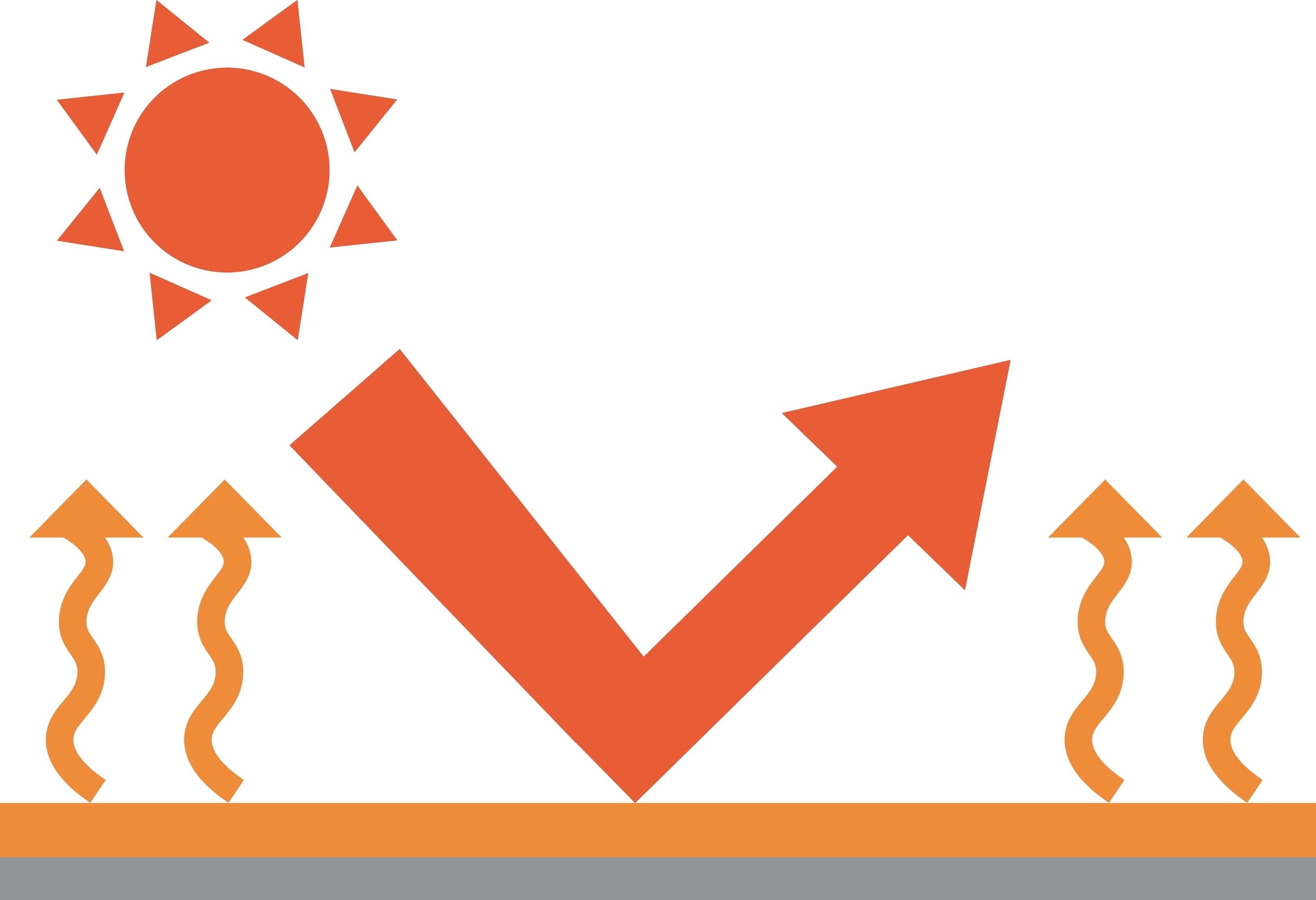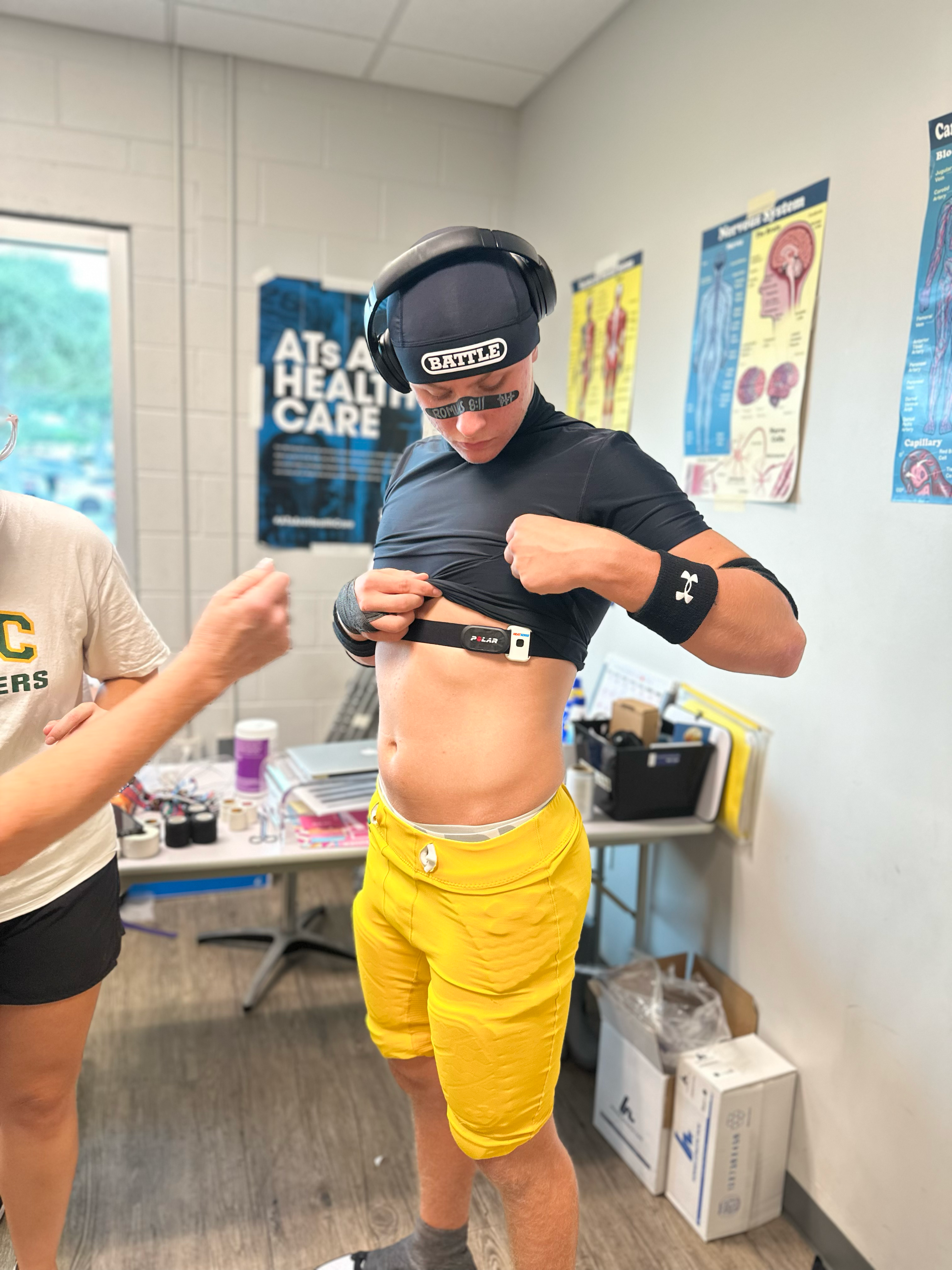
Heat is no longer just a summer issue—it’s a global crisis
Heat is now a global crisis. Rising temperatures are reshaping health, performance, and daily life everywhere—and weather-only approaches aren’t enough. The latest guidance from global health and climate agencies points to a simple truth: to adapt, we need visibility into how heat affects people, individually, in real time.
The planet is heating up—fast
2024 was the hottest year on record, averaging about 2.6°F warmer than pre-industrial levels. The last decade has been the hottest in history, and every additional half-degree of warming brings more frequent, longer, and harsher heatwaves. Today, roughly half of the world’s population experiences adverse effects from high temperatures—day and night.
- Heatwaves are spreading into new regions and seasons.
- Hot nights delay recovery, stacking strain into the next day.
The human toll
Extreme heat already causes more deaths than any other weather hazard. As exposure rises, so does physiological strain: once core body temperature passes ~100.4°F, performance drops and risk accelerates. Around 104°F, heat stroke becomes life-threatening.
Vulnerability isn’t uniform. Children, older adults, outdoor athletes, and communities without easy access to cooling face higher risk—but sustained heat can strain anyone.
Heat drains economies too
Heat doesn’t just challenge people—it challenges systems. Productivity declines by about 2–3% for every 1°F increase above 68°F WBGT (a measure that combines heat, humidity, sun, and wind). From food supply chains to city services, extreme heat is quietly reshaping operations and budgets worldwide.
From weather to individuals
Forecasts measure the air, not the body. Two people in the same conditions can experience very different levels of heat strain. That’s why the next step is insights from vitals—real-time signals like core body temperature, skin temperature, and heart rate that reveal how heat is affecting each person, individually.
The path from reaction to readiness
Global guidance calls for action programs, training, and technology that make adaptation practical. The first step is visibility. By translating vitals into clear, moment-by-moment Insights, people and teams can decide when it’s safe to keep pushing—and when it’s time to cool down.
Heat is the most universal face of climate change. Readiness starts with seeing it—on each person, in real time.
Source
World Health Organization & World Meteorological Organization (2025). Climate change and workplace heat stress: technical report and guidance. Metric figures are presented here in °F for U.S. readers (e.g., 20 °C WBGT ≈ 68 °F; 38 °C core ≈ 100.4 °F; 40 °C core ≈ 104 °F).
Advisory: HeatSense provides performance and readiness insights and is not a medical device.

